They say three times makes a pattern. So what should we make of the President’s trade agreements, three of which he confirmed this week, as the August 1 deadline for “reciprocal tariffs” looms?
If there remained any confusion about his agenda, he helpfully laid it out in all caps. “I WILL ONLY LOWER TARIFFS IF A COUNTRY AGREES TO OPEN ITS MARKET. IF NOT, MUCH HIGHER TARIFFS!” he wrote on Truth Social. “USA BUSINESSES WILL BOOM!”
Given the size of the lettering, and the similarities to the deals secured with Indonesia, the Philippines and Japan this week, we should take Donald Trump at his word on this one. Put simply: so long as other countries cut taxes for their businesses, he will hike taxes on American businesses ever so slightly less. It doesn’t feel so triumphant when spelled out – yet that is exactly what the Trump administration is in the process of signing into law.
The President will never frame it this way. He promised the electorate countless times on the campaign trail that every other country would pay for higher import taxes. That’s still his message: “The Philippines will pay a 19% Tariff,” he insisted yesterday, as will Indonesia when the I’s are dotted and the T’s crossed. And “Japan will pay Reciprocal Tariffs to the United States of 15%.” What a bargain.
The trouble for Trump is that while he can make good on his promise to hike tariffs, he cannot make good on the economic fantasy he sold alongside them: that other countries would shoulder the tax bill. The Philippines won’t be paying a 19 percent tariff; American importers will be picking up that tab. Japan will not be shoving out for a 15 percent tax on its exports. American business owners will be paying that tax on the goods and materials they import. It’s estimated these tariffs will amount to the largest tax rise in decades.
The evidence is already in. The 10 percent tariff baseline Trump brought in for every trading partner worldwide has sent revenue from import taxes skyward. Revenue rose to nearly $70 billion in the first five months of 2025, a 78 percent increase on the year before, thanks to American businesses paying those higher duties. Moody’s Analytics estimates that at the current revenue-raising rate, the total income of tariffs could rise to a staggering $300 billion by the end of the year. It’s a monumental transfer of income, not from other countries to the United States, but from American businesses and their workers to the US federal government.
Meanwhile, America’s trading partners are slashing taxes on their businesses, as per the terms and conditions of Trump’s trade deals. Lucky them. Life just got cheaper, and consumer choice just improved for Filipinos, Indonesians and the Japanese. It’s a big service Trump has done for the people in those countries, who are about to reap the benefits of “OPEN” markets which the President has demanded they enjoy. It’s a generous, even magnanimous side of Trump we don’t always get to see. It is not, however, in line with the “America First” agenda he claims to be pushing, nor does it suit the low-tax narrative the President burned bridges and bromances to deliver.
Proponents of Trump’s trade agenda – who are willing to stomach Americans paying to rebalance trade deficits with the rest of the world – insist the benefits will reveal themselves in due course, in the form of higher wages for blue-collar American workers. This assumes wage increases will offset the estimated $1,296 that the Tax Foundations expects the current tariff regime to cost the average household. But advocates should be far more worried about the billion-dollar profit loss reported by General Motors this week. The automaker employs roughly 100,000 workers who are supposedly set to benefit from Trump’s tariff regime. What happens to them as the tariffs eat away at their employer’s profits?
If there is one achievement to be noted from this past week, it is not the “art of the deal” the President has delivered for the American people. Rather, it’s how successfully he has managed to move the goal posts around what constitutes “free trade” in recent months. With the memory of spiraling stock markets still largely at the forefront of investors’ minds, markets have been jubilantly celebrating the news that America’s tariff on Japanese imports has dropped by ten percentage points from Trump’s proposed 25 percent levy.
That is a remarkable feat for the President, who loves nothing more than to boast of a soaring stock market, a booming economy and a country that is always “winning.” But if he continues to sign away America’s ability to be competitive in a world that, under his command, will be trading more freely, expect the good news to be short-lived.



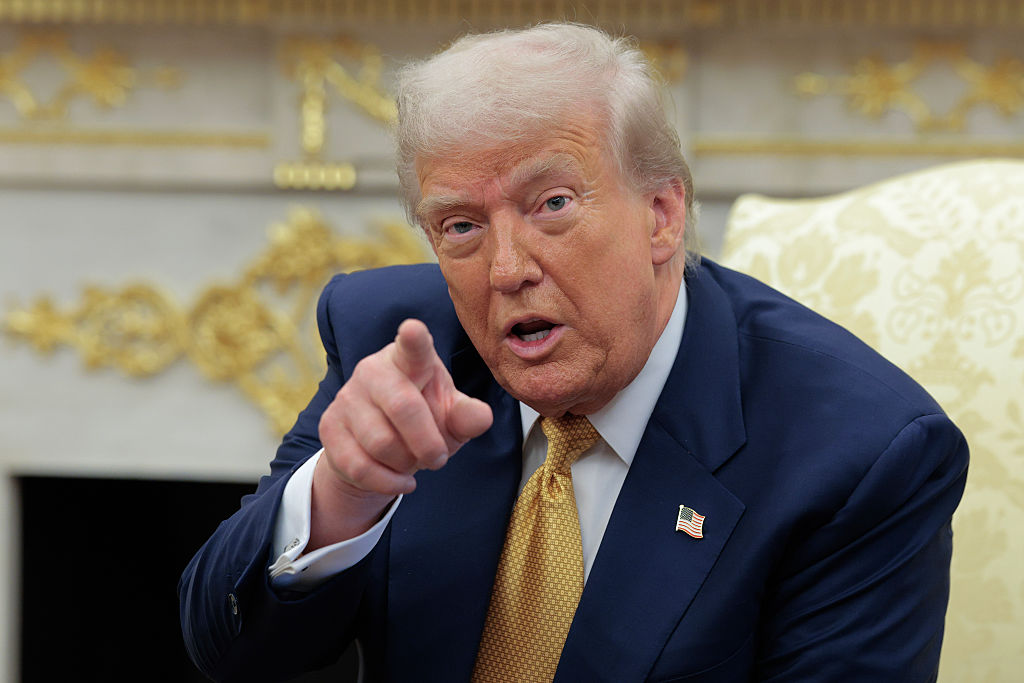






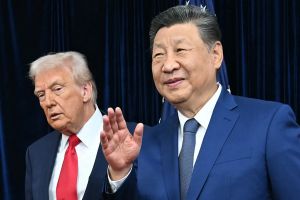
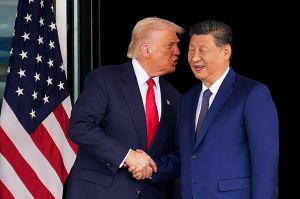

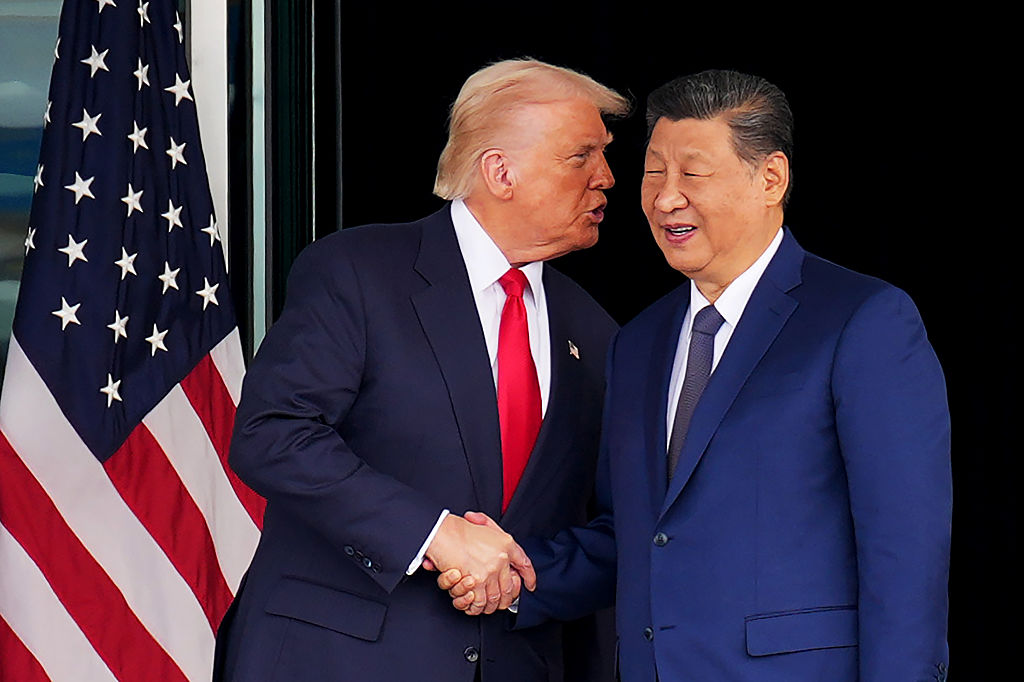
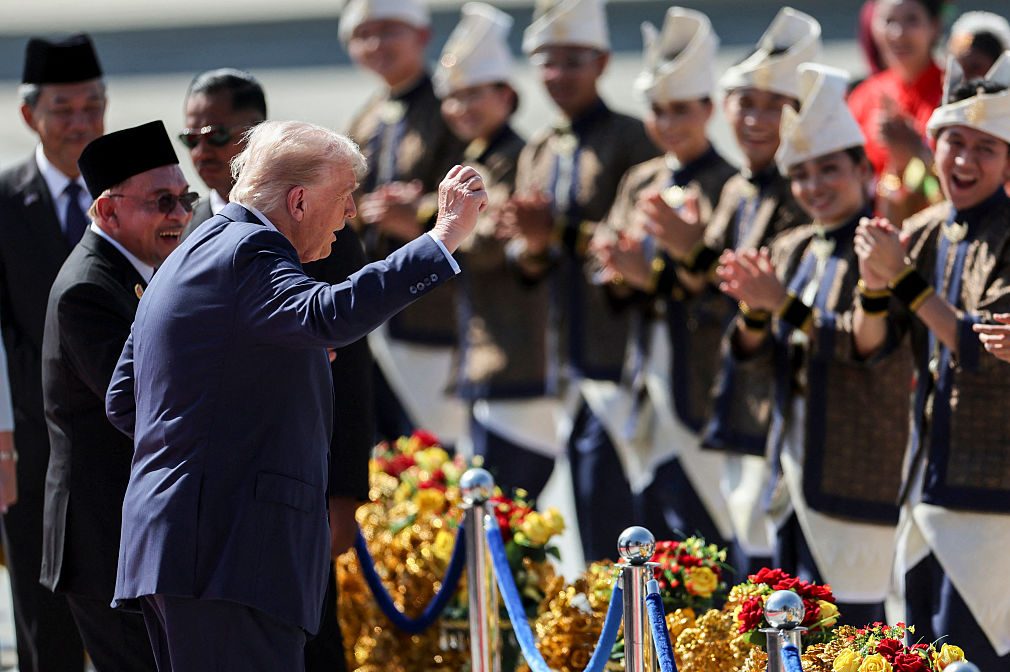
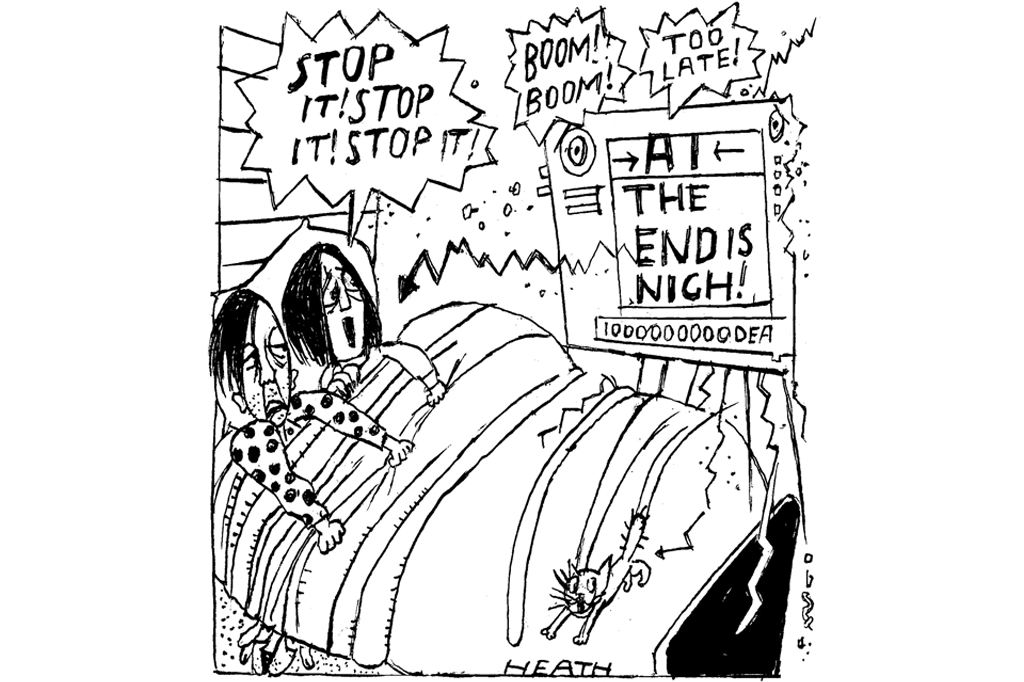
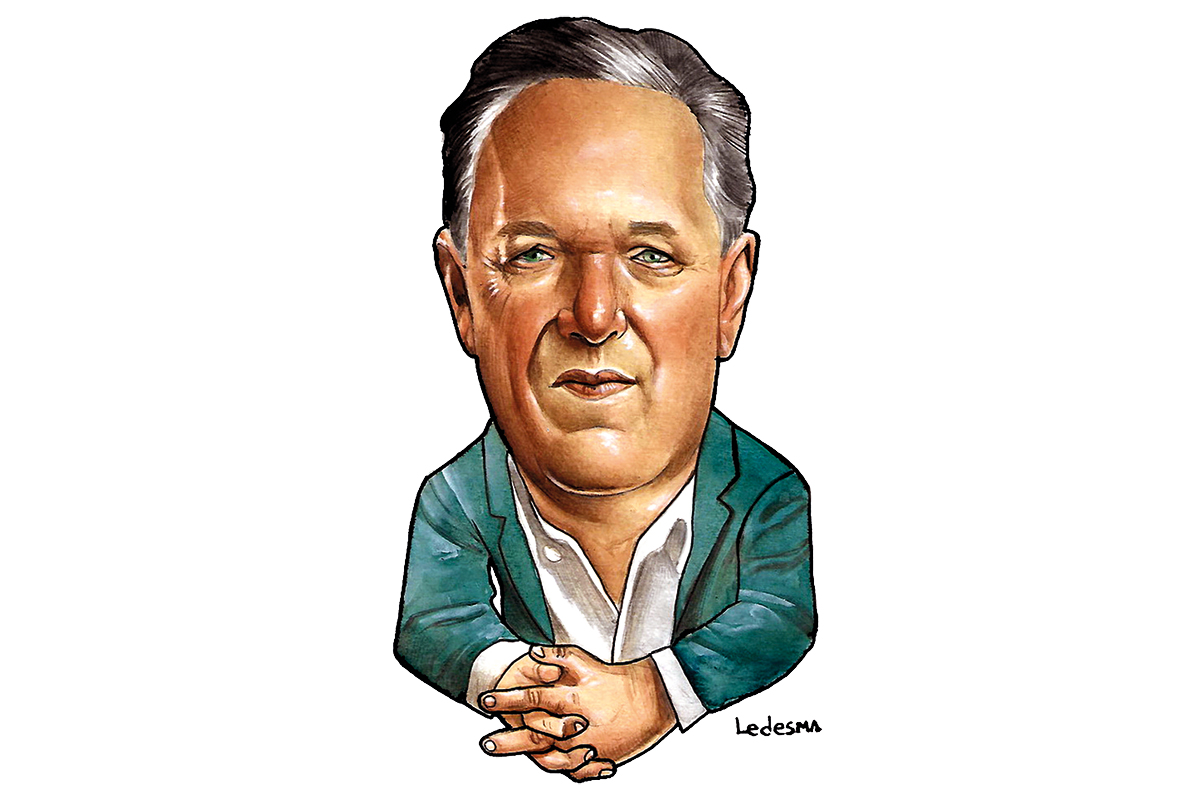



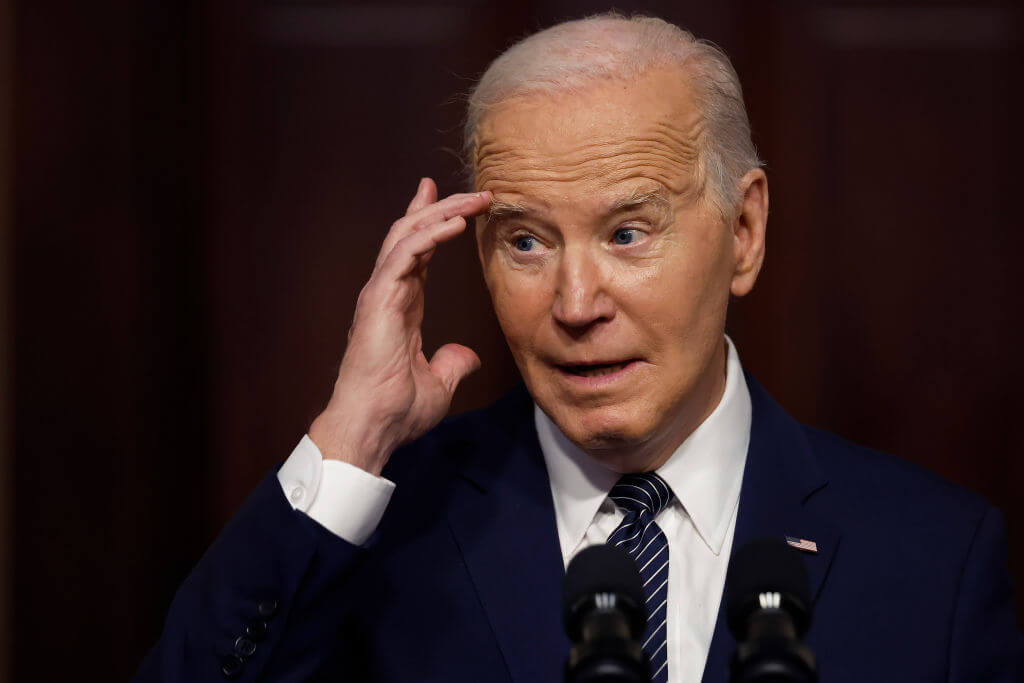



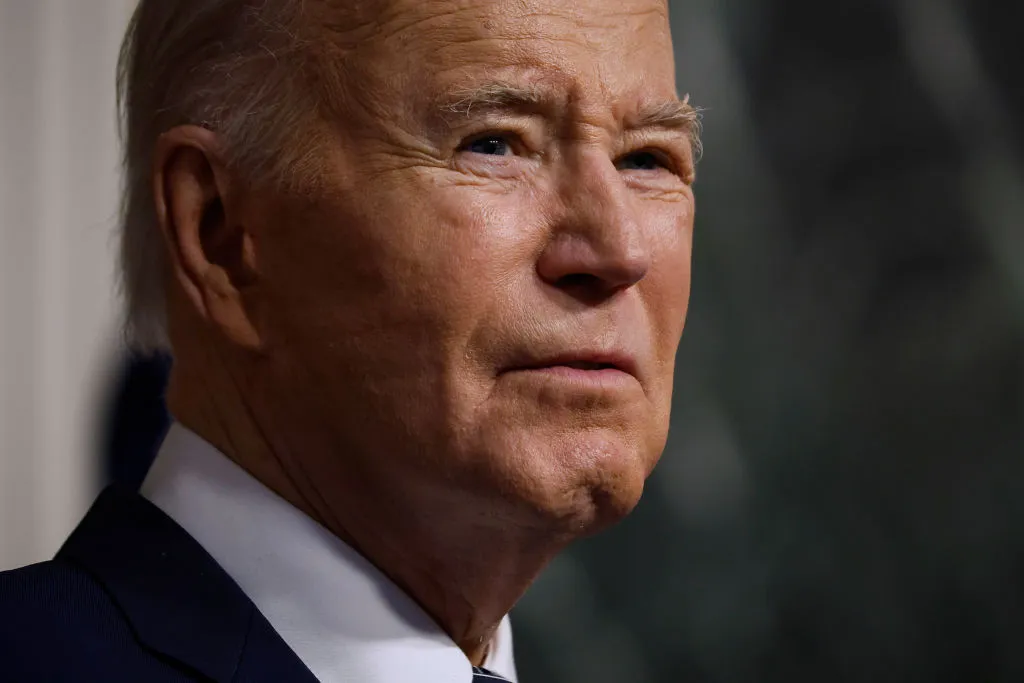

Leave a Reply